How do remote controls work?
In this laboratory session, we will explore how television remote controls work, and do a very simple experiment which tells us a lot about light and how our eyes work.
To do this experiment, all you need is a television remote control, and your smartphone.
What do I need?
Smartphone
Any phone with a camera should work with this
TV Remote Control
Most TV remote controls will work with this
Instructions
Press some buttons on your TV remote control while looking at the LED on the end
Press the buttons on your TV control while looking at the end of your remote. While looking at it with your eyes, you shouldn't be able to see any light coming from the end of the remote.

Now try looking at the end of your remote control through the camera app on your phone
Open up the camera app in your phone, point the TV remote towards the camera and press some of the buttons. You should see a blinking light on the screen of your phone that you cannot see with your eyes!

How does this work?
What is light?
Like the waves that travel through the ocean, light is also made of waves that travel through what we call the electromagnetic field.
Some waves are long, while other are short, and to measure the length of a wave we measure the distance between two consecutive peaks of the wave (see image below). This distance between two peaks of a wave is what we call the “wavelength”.

What does the wavelength of light tell us?
The wavelength of light tells us how much energy light carries. There is light that carries little energy, like the small ocean waves that can only move grains of sand, and light that carries a lot of energy, like a tsunami that can destroy cities.
Physicists like Max Planck and Albert Einstein found out that the shorter the wavelength of light, the more energy it would carry. The equation that relates how much energy light carries and its wavelength is called the Planck relation.

Why can't we see the light from the remote?
Is there other light we cannot see? Is there a secret world hidden to our eyes? To answer these questions we need to know a little bit how our vision works.
At the back of our eyes, we have specialised cells that are sensitive to light. They are called photoreceptor cells and they are only activated when light with some certain energy disturbs them. Then when light interacts with them, they send an electric signal to the brain that draws a picture of the image we are looking at.
Although our photodetector cells can detect wavelengths from 380 to 700 nanometres, we are only good at sensing light with wavelengths of 564-580 (red), 534-545 (green) and 420-440 (blue) nanometres. They remaining colours we see, like orange or pink, are a combination of those three main colours that our brain interprets as one unique colour.
The visible light that we can see only makes up a small fraction of a much larger range of wavelengths. This full range of wavelengths is called the Electromagnetic Spectrum! Our eyes can’t see beyond the visible part of the full spectrum, but other animals can.

Can other animals see different colours?
Some animals and insects, like bats or butterflies, can see in the infrared or ultra-violet.
The awesome mantis shrimp can detect wavelengths as short as 10 nanometres and as long as 720 nanometres (they also have the most powerful punch in the known universe).

Why can the camera see the light, but our eyes can't?
Humans have also designed sensors that can “see” wavelengths of light beyond the visible spectrum. Chances are you have used a piece of technology that can see what your eye alone can’t!
The camera on your phone is like a human eye, but it’s designed to be sensitive to wavelengths beyond the visible spectrum!
The TV remote transmits a signal to your TV with a blinking light – the wavelength of this light is in the infrared region, which is outside the visible spectrum.
When infrared light hits the photosensors (the electronic version of the photoreceptor cells in our eyes) of your camera, they send an electrical signal to the processor on your phone. That signal is processed and displayed on your screen as a blinking pale-blue light.
Because our eyes cannot detect infrared light, we cannot see the blinking at all!
